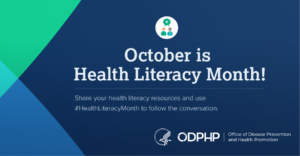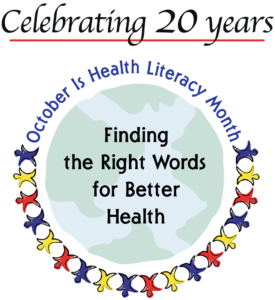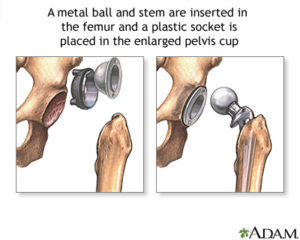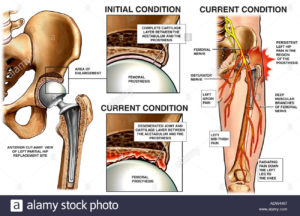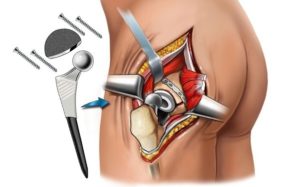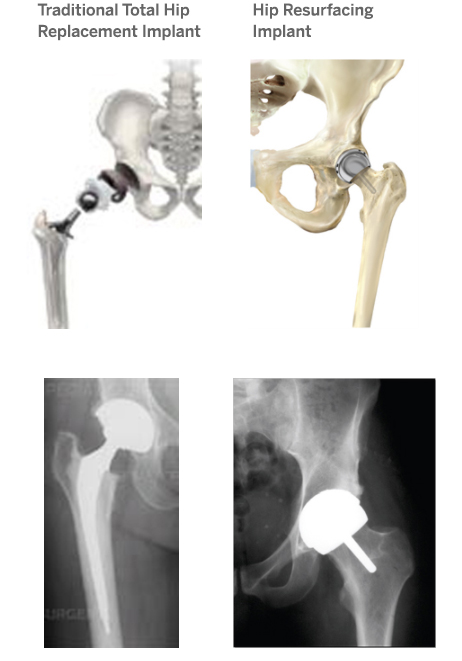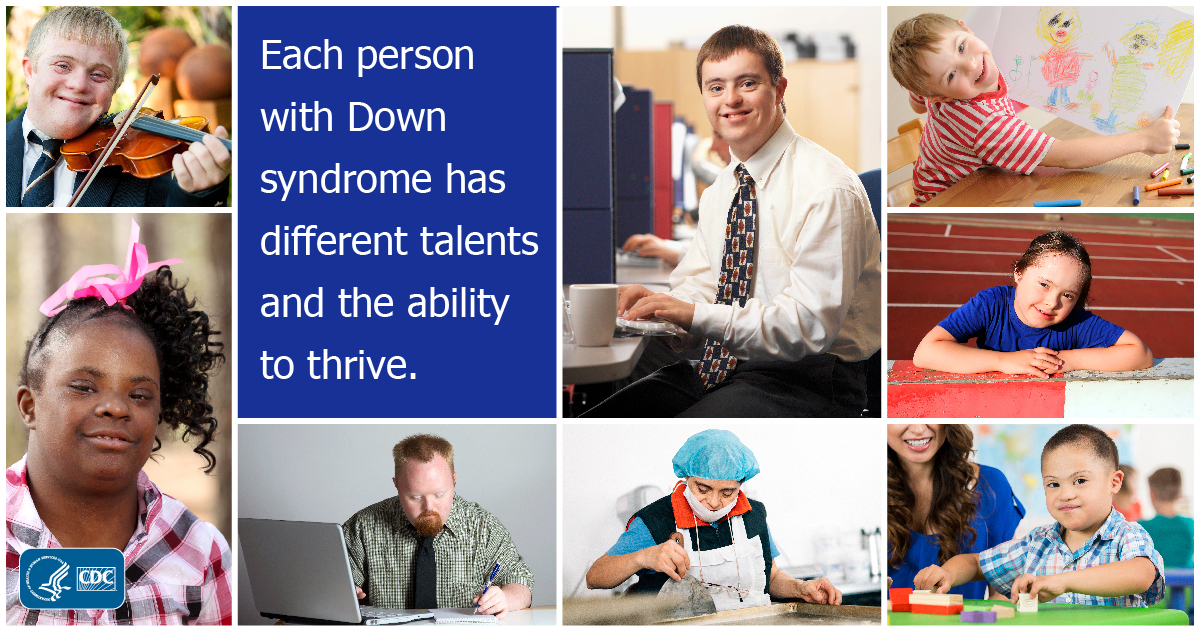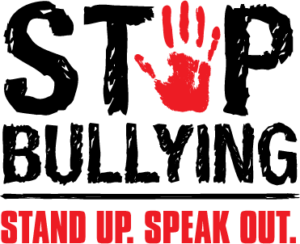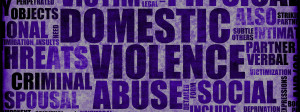
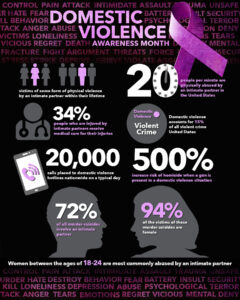

We live in a scary world and for reasons society inflicted on itself; regarding the thought process or how our mind works. Domestic Violence is violent or aggressive behavior within the home, typically involving the violent abuse of a spouse or partner.
People are often confronted with feelings of disappointment, frustration and anger as they interact with government officials, co-workers, family and even fellow commuters; which is people just in society. Most can control their actions to the extent that relatively few of these interactions end in a radical action like being racist to violence.
What help build a individuals feelings to turn out in a negative result (like bullying someone to protesting to worse rioting to violence or killing) is factors.
Factors being:
- Feel powerless
- Suffer from insecurity
- Need to control others
- Enjoy the rewards they get from bullying
- YOUR CHILDHOOD UPBRINGING. Your childhood builds the foundation of how you turn out as an adult. If you have good upbringing where there are good morals, values, ethics with limitations or rules and regulations in what you can and cannot do with mommy and daddy overlooking from a distance in watching the child’s actions/interests/who they play with/what they’re doing on the computer or watching on T.V or even listening to music will help give direction for their child to be effective in society. Including, as the child shows good choices than more independence in getting older with still guidance and direction as needed. Remember your a young adult at 17 and a full fledged adult at 21 years of age to make all decisions in your life.
- BEING AN ADULT. This includes accepting the turn outs of how a situation finally results; before the final result if you did everything you could legally try to reach your hope of a turn out and did reach it great, it makes you a stronger person. Now let’s say you didn’t than acceptance is necessary of what the result turned out as which also makes you a stronger person with being an asset in the community. Than your next step whether it be alone or in society overall move on without being an insult to the community where it effects the society in a negative way (like killing 2 innocent police officers just for wearing the color blue in uniform, prejudice=a radical action). Being able to allow acceptance in your life which doesn’t always turn out the way you want it to helps you move on in life making you less out to be radical in your behavior. Take the riots (which they call protesting a radical approach from Missouri to New York) and see what their results turned out to be. Stopping people from getting to a destination point who had nothing to do with what the protestors were protesting about, to damage of property of innocent people’s business to the worse DEATH. Like this radical move did anything productive for humans in society. It obviously didn’t.
First let’s look at what turns anger into action?
The answer to this is mostly cognitive control or to use a less technical term, self-control. University of Michigan professor of social psychology, Richard Nisbett, the world’s greatest authority on intelligence, plainly said that he’d rather have his son being high in self-control than intelligence, one year ago. Self-control is the key to a well-functioning life, because our brain makes us easily [susceptible] to all sorts of influences. Watching a movie showing violent acts predisposes us to act violently. Even just listening to violent rhetoric makes us prone or more inclined to be violent. Ironically, the same mirror neurons that make us empathic make us also very vulnerable to all sorts of influences. This is why control mechanisms are so important. If you think about it, there must be control mechanisms for mirror neurons. Mirror neurons are cells that fire when you grab a cup of coffee (to give you an example) as well as when you see someone else grabbing a cup of coffee. So, how come you don’t imitate all the time? The idea is that there are systems in the brain that help us by imitating only “internally”—they dampen the activity of mirror neurons when we simply watch, so that we can still have the sort of “inner imitation” that allows us to empathize with others, without any overt imitation. The key issue is the balance of power between these control mechanisms that we call top-down—because they are all like executives that control from the top down to the employees—and bottom-up mechanisms, in the opposite direction, like mirror neurons. This is whereby perception—watching somebody making an action—influences decisions—making the same action ourselves.
Neuroscience uncovered why people behave so violently looking into the Virginia Tech Massacre in 2007 with many other like incidents also which were still a small percentage of people. What happens in these individuals is that their cognitive control mechanisms are deranged. Mind you, these individuals are not out-of-control, enraged people. They just use their cognitive control mechanisms in the service of a disturbed goal. There are probably a multitude of factors at play here. The subject is exposed to influences that lead him or her to violent acts—including, unfortunately, not only the violent political rhetoric but also the media coverage of similar acts, as we are doing here. A variety of issues, especially mental health problems that lead to social isolation, lead the subject to a mental state that alters his or her ability to exercise cognitive control in a healthy manner. Again also childhood plays a big role. The cognitive control capacities of the subject get somewhat redirected—we don’t quite understand how—toward goals and activities that are violent in a very specific way. Not the violent outburst of somebody who has “lost it” in a bar, punching people right and left. The violence is channeled in a very specific plan, with a very specific target—generally fed by the media (like take the protesting that has gone on from Missouri to New York for a month or more with media showing every news flash each day)through some sort of rhetoric, political or otherwise—with very specific tools, in the Giffords case, a 9-millimeter Glock.
Now lets look at what are the signs of a person who is disturbed enough to take some form of action to killing. The signs are quite visible, although difficult to interpret without a context—and unfortunately they unfold very quickly , and people can rarely witness them before the action is taken (which happened with Brinsley in New York killing officers in Brooklyn on duty just doing their job), . The action itself is a sign, a desperate form of communication from a disturbed individual (Brinsley did put on the internet a warning the day it was going to be done, Sat 12/20/14. Unfortunately, nobody was chatting with the guy when he left his final messages on Internet before getting into action. But I bet that if somebody was communicating with him before the act and saw those signs and read those messages on social network he was using, that person could have done something, could have engaged him in a sort of conversation that might have redirected his deranged plans. Indeed, by connecting with the subject, that person might have redirected some of the activity of mirror neurons toward a truly empathic behavior, rather than in the service of the deranged imitative violence leading to action.
Now we have Ukraine vs Israel War with now Former President Trump having attempted assassinations not once but THREE times because people did not agree to want him as President of the U.S. What is this world coming to.
My readers I could go on with more examples of people killing but I am sure you listen to the news or read it somehow but I tell you this information not to persecute a person, not even a race or politician but to LEARN HOW THE BRAIN WORKS. Most importantly to PARENTS bring your children up AS A CHILD not as an adult until they reach adulthood with giving good direction and guidance as their primary mentor. You the parents make our next generation who are now children and even for future parents learn so they will have a more productive working society. For now the society in America works as a nonproductive unit of people to all races, creeds, genders, sex preferences, & nationalities of all kinds. Especially in being compared to the 1980’s; yes they had their problems but not like today’s with people treating each other with more respect even if things didn’t go their way. Our nation didn’t go off the deep end where it was allowing us to have freedom of everything without limitations or better rules/regulations legally in place not followed which we are paying a good price for today for allowing this behaviour and will take a very long time to fix. Remember when someone or now a group of people get hurt you can forgive but healing is like a wound it takes time to heal. Example: Look at Hitler, people who haven’t forgiven him, those that did have not forgotten it and they shouldn’t since he caused such a disaster to the human race. Protesting can be effective where its peaceful, quiet, and not bothering other people in the area who aren’t involved. Look at Missouri and New York City this past 15 years, MUCH DAMAGE due to not thinking first but acting out first.
Take A Stand is a call to action meant to bring attention to the issue of domestic violence for Domestic Violence Awareness Month (DVAM) and throughout the year. By taking a stand we intend to remind the nation that there are still countless people–victims and survivors, their children and families, their friends and family, their communities–impacted by domestic violence. We, all of us, should not stop until society has zero tolerance for domestic violence and until all victims and survivors can be heard.
Take A Stand is a call to action meant to bring attention to the issue of domestic violence for Domestic Violence Awareness Month (DVAM) and throughout the year. By taking a stand we intend to remind the nation that there are still countless people–victims and survivors, their children and families, their friends and family, their communities–impacted by domestic violence. We, all of us, should not stop until society has zero tolerance for domestic violence and until all victims and survivors can be heard.
Taking a stand against domestic violence means speaking up when we see or hear behaviors that contribute to a culture where violence lives. This could mean trying to stop violence before it starts by promoting healthy relationships and attitudes, supporting survivors of violence when they come forward, or intervening if you see someone acting violently toward another person. Before you intervene in a situation, think about your personal safety, the safety of others, your relationship with the people involved, and what your options are for intervening.
Strategies on how to take a stand:
1) Refocus the Conversation
This is the least direct approach to intervening as a bystander, by refocusing the conversation away from the offensive comment or person. The goal is to not give an audience to the comment or person by changing the situation. This approach can work especially well if you are uncomfortable confronting the offender directly for any reason, like someone in a position of power. You could ask for the time, ask for directions, make a joke, tell a story, or even spill your drink. If the comment is toward a specific person, you could take a more direct approach and verbally support the target without addressing the offender.
2) Engage Others in Intervention
In this approach, the goal is to use the situation to promote a new positive perspective for all the bystanders. You can do this by asking the group a question that challenges the idea you think is problematic without directly refuting it. For example, if a friend or family member makes a victim blaming comment about someone returning to a relationship where there is domestic violence, you could say, “I know it’s easy to ask why victims go back when we hear about domestic violence, but maybe a better question would be why someone would think it’s okay to harm or control someone they love.”
3) A Direct Confrontation
In this case, the bystander approaches the person who made the offending comment and explains why what they said is a problem, or how the comment made the bystander feel. You could choose to confront the situation right away or wait for a moment of privacy with this person. It could also be good to seek the support of another friend, especially if you worry that your approach will not be taken seriously.
Your goal is to make whoever you’re approaching consider, even briefly, why their behavior is problematic with the hope of influencing future behavior.
